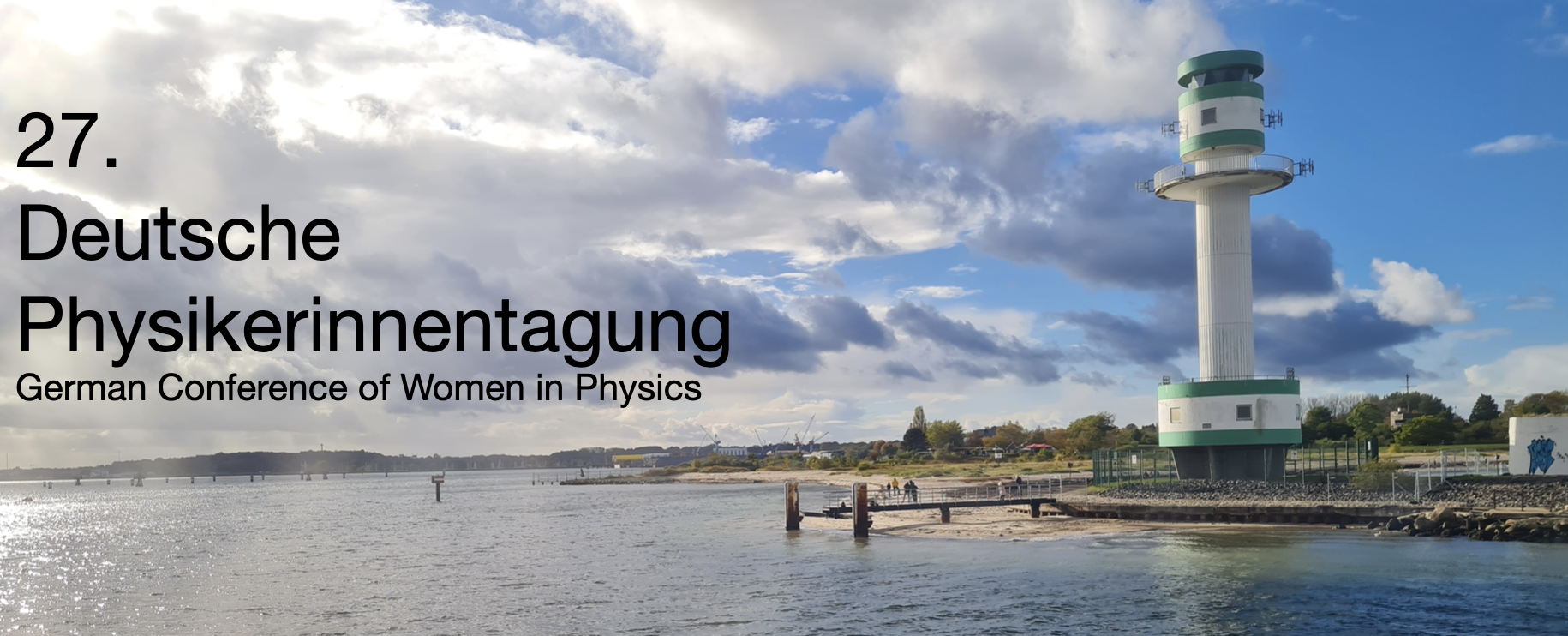Speaker
Description
Topological nanophotonic systems offer robust light propagation modes with immunity to defects, holding promise for quantum technologies and advanced optical devices.[1] However, designing such structures under nonplanar excitation remains computationally intensive due to high-dimensional design spaces and nonlinear interactions. I introduce a physics-informed deep learning framework that integrates physical constraints into surrogate modeling to accelerate the design of topological plasmonic devices.[2] My approach reduces simulation requirements by 50–70% compared to conventional data-driven methods while ensuring physical consistency. Using a three-stage training strategy, the model predicts strong versus weak coupling regimes, identifies topological phases in Su-Schrieffer-Heeger (SSH) chains, and optimizes ring geometries for unidirectional edge mode propagation under nonplanar wavefront excitations. The framework successfully designs a nanohole-based SSH ring resonator supporting robust one-way plasmonic edge modes at 378 THz, resilient to structural defects. This work demonstrates how combining machine learning with physics principles enables scalable, resource-efficient design of topologically protected photonic devices, paving the way for next-generation nanophotonics and integrated quantum systems.[3]
Keywords: topological photonics, physics-informed machine learning, plasmonics, surrogate modeling, nonplanar excitation
References: [1] F. Davoodi, Active Physics-Informed Deep Learning: Surrogate Modeling for Nonplanar Wavefront Excitation of Topological Nanophotonic Devices, Nano Lett. 2025, 25, 768–775. https://doi.org/10.1021/acs.nanolett.4c05120 [2] F. Davoodi, etal. Unidirectional Wave Propagation in a Topological Plasmonic Ring Resonator via a Symmetry-Broken Excitation Scheme, ACS Appl. Nano Mater. 2023, 6, 20823–20830. http://dx.doi.org/10.1021/acsanm.3c03796 [3] F. Davoodi, Beyond Decoherence: Control the Collective Quantum Dynamics of Quasi-Particles in Topological Interface, arXiv preprint, 2025. https://arxiv.org/abs/2506.12805

